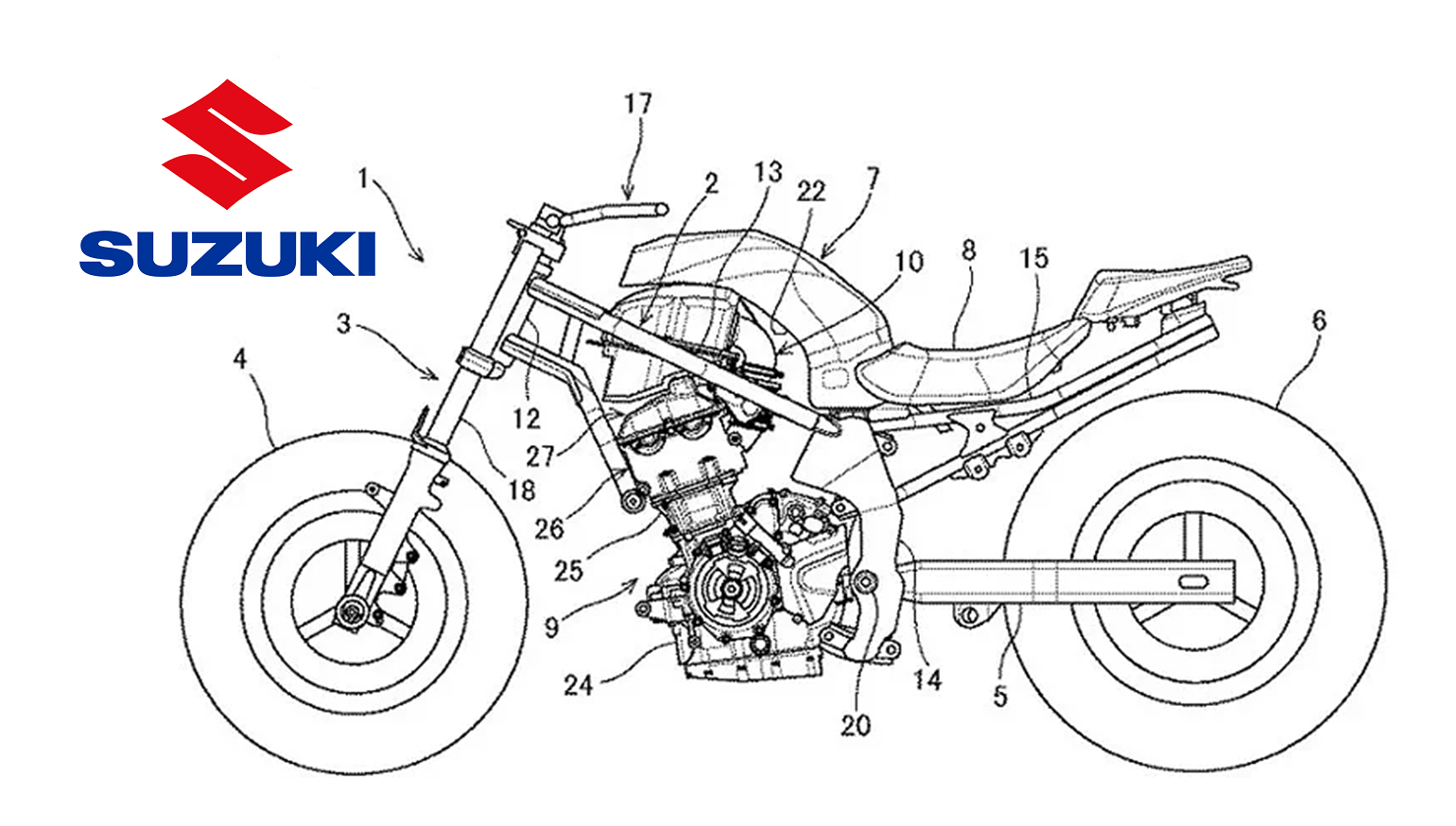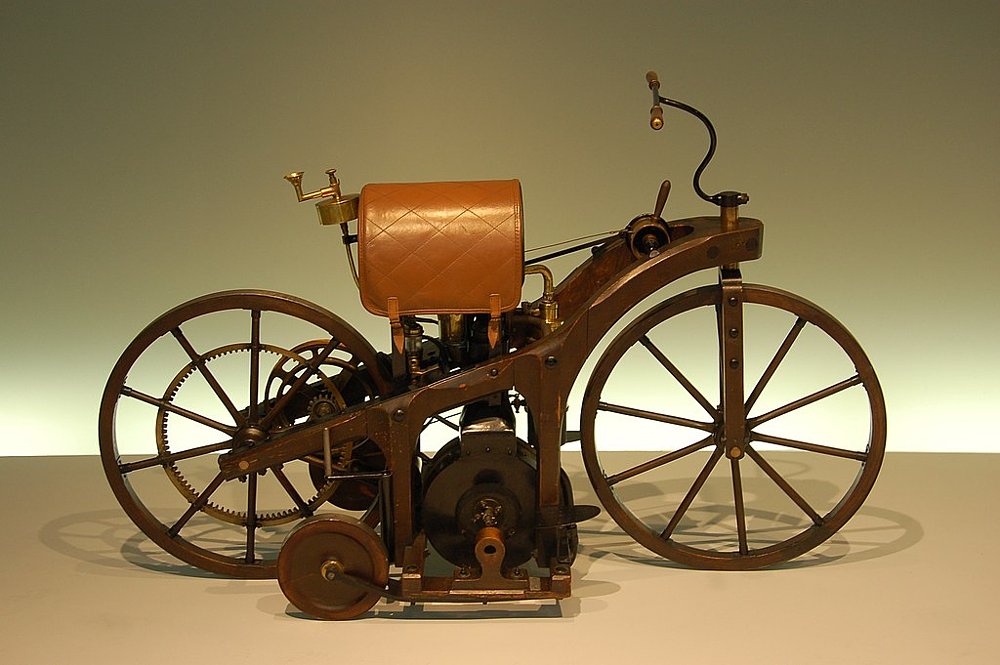It's been a long time since we saw an all-new engine from the engineers at Suzuki.
That's not necessarily a bad thing. Suzuki has done a remarkable job of repurposing and revising existing engine architectures over the last 20 years. From GSX-Rs to DR-Zs, Suzuki has shown that affordable bikes with bulletproof engineering will continue selling for years and years with minimal updates, as long as the riding experience offers something unique. And there are worse problems to have than a brochure full of well established model lines. Eventually, though, even this strategy will need some new blood. I don't think it will be long before we meet a fresh parallel twin engine design, and its versatile nature could power all kinds of motorcycles.
Suzuki has been working on a middleweight parallel twin engine since at least 2013, when the unconventional Recursion and XE7 turbo concepts were unveiled. While forced induction no longer appears to be part of the plan, Suzuki seems to be moving forward with the parallel-twin design. We’ll probably see this engine as a replacement for the stalwart 650 V-twin found in the SV650 naked and V-Strom 650 ADV-tourer. Here's a closer look at the original XE7 design:
The parallel twin takes over
In 1998, Suzuki released the SV400 and its all-new DOHC V-twin engine. (With the cylinders separated by 90 degrees, this engine could also be called an L-twin.) Suzuki bumped the displacement up to 645 cc to create the legendary first-generation SV650 in 1999. The 650 L-twin became a worldwide success with its torquey character and engaging power delivery. It didn’t hurt that the SV’s chassis and running gear were nicely matched to Suzuki’s new mill.
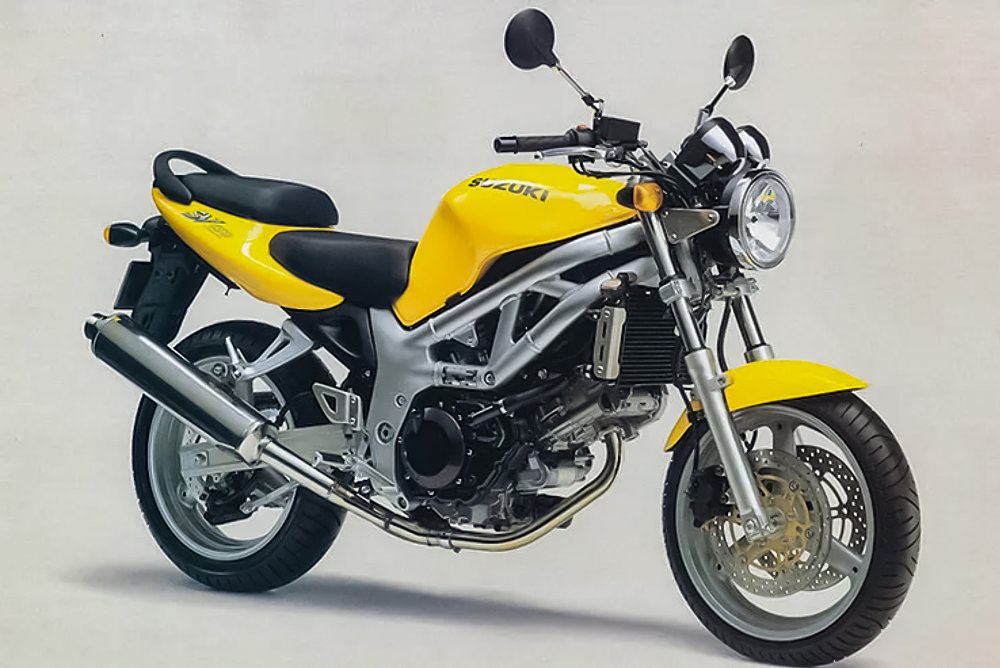
This 650 engine also appeared in the 2002-on V-Strom 650. Suzuki’s “Wee-Strom” also developed an international following for its versatility and cheerful engine. The 650 L-twin differentiated Suzuki’s midsize motorcycles from the Japanese competition, and almost every motorcycle that used this engine was popular on dealership floors. Unfortunately for the 650 L-twin, the winds of change are blowing, however, and Suzuki may retire it after nearly 25 years of production. Its expected replacement is a 700-class parallel twin. What are the odds Suzuki names the replacements SP700 and P-Strom 700?
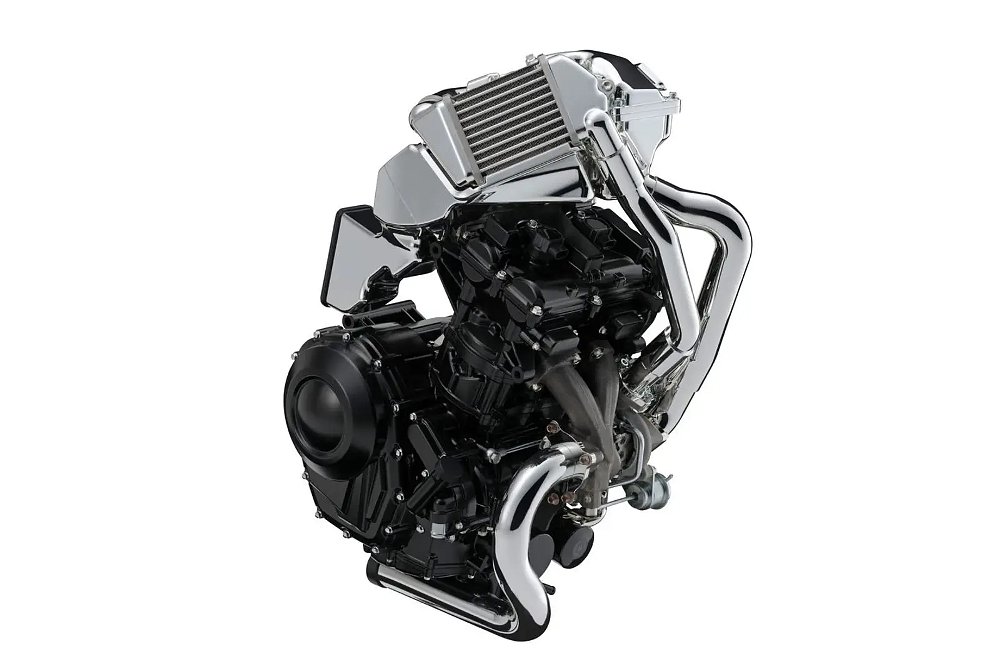
This is exciting news on some level, because the 700 could be the first all-new engine we’ve seen from Suzuki in nearly 20 years. Then again, the classic 650 stayed popular for a quarter century because it was practical, reliable, and uniquely fun. For better or worse, following Honda, Kawasaki, Yamaha, KTM, BMW, Aprilia, and others into the P-twin world would mean the end of an era.
What do we know about Suzuki’s p-twin design?
Suzuki’s patents and concepts over the last 10 years include turbocharged and naturally aspirated designs. Some test mules were spotted in Italy, and the bikes appeared to be non-turbo. A 700 cc twin without a hairdryer should make 70-odd horsepower, and with boost, Suzuki might have a compelling engine for a turbo p-twin sport model that could hold its own against the Yamaha YZF-R7 and the Aprilia RS660. I can also imagine a p-twin replacement for the DR650 that could take on competitors like the Yamaha Ténéré 700 and the Aprilia Tuareg 660.
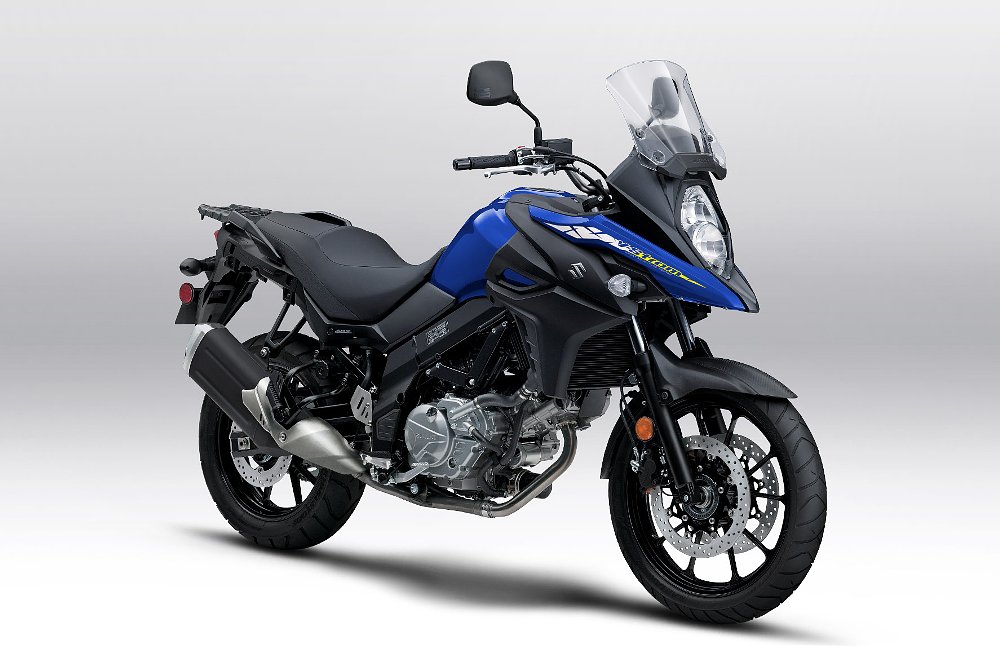
If and when the production parallel twin arrives, expect a capacity somewhere between 700 cc and 800 cc. Unlike the initial Recursion concept, I think we’ll see a non-turbo engine with dual overhead cams. If a turbo model is coming for the new platform, Suzuki must be holding those cards much closer to the vest. The SV650 and the V-Strom 650 have been confirmed as returning models for 2023, so the p-twin may not reveal itself until the 2024 or 2025 model years.

 Membership
Membership

